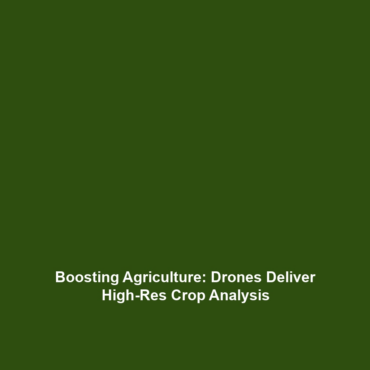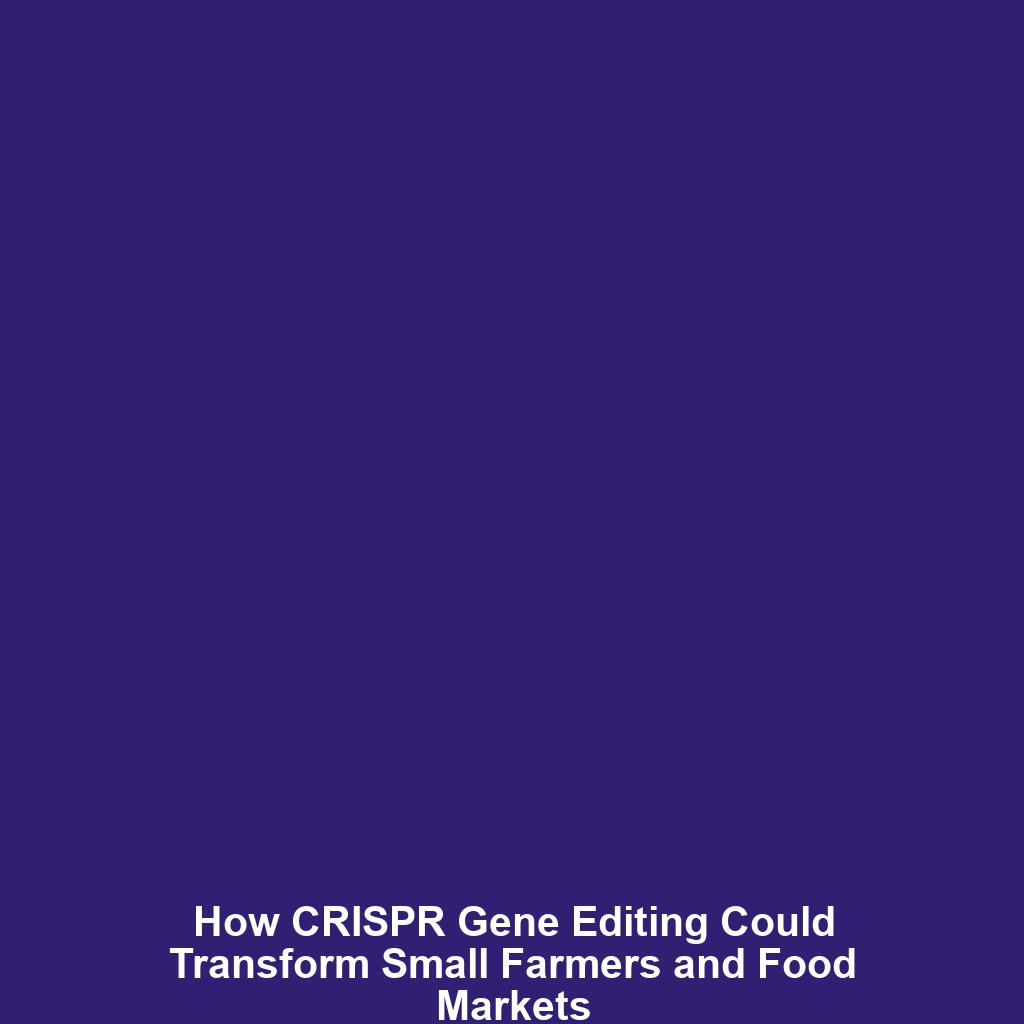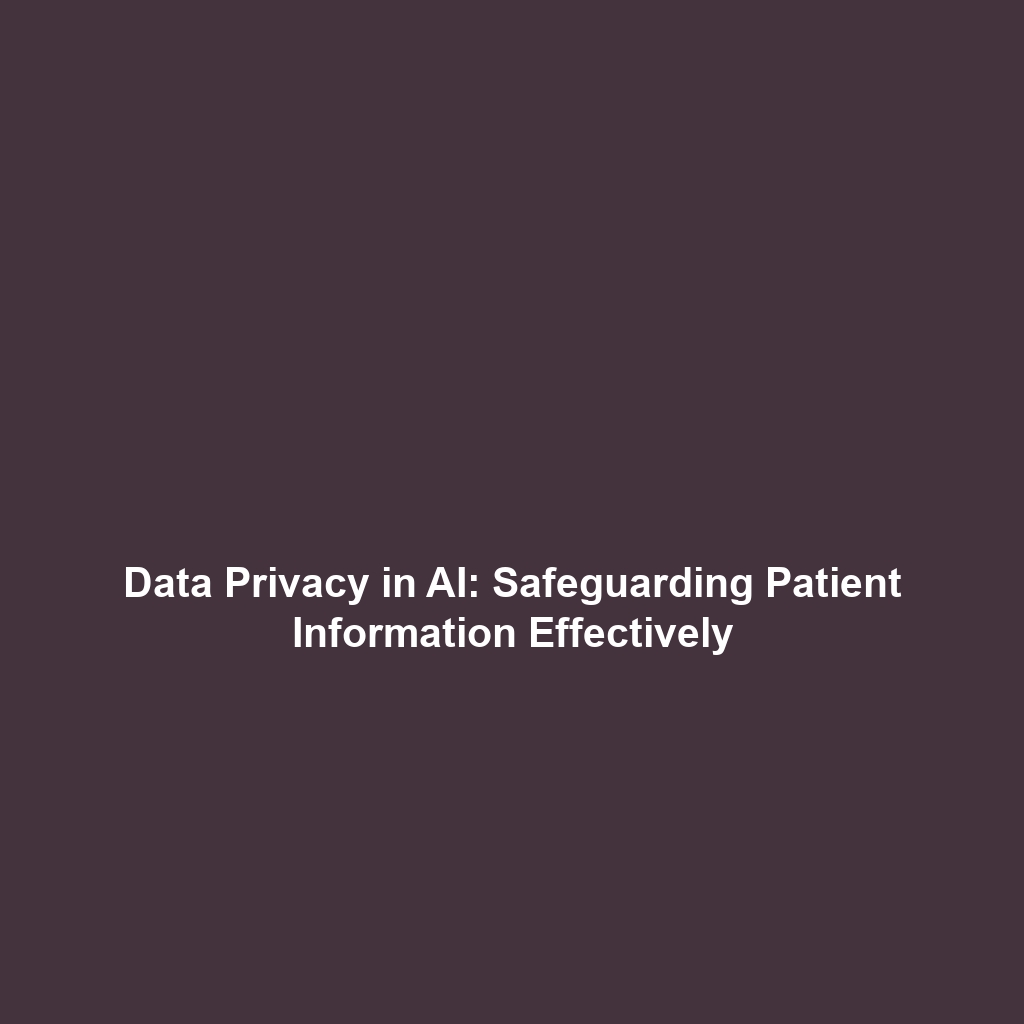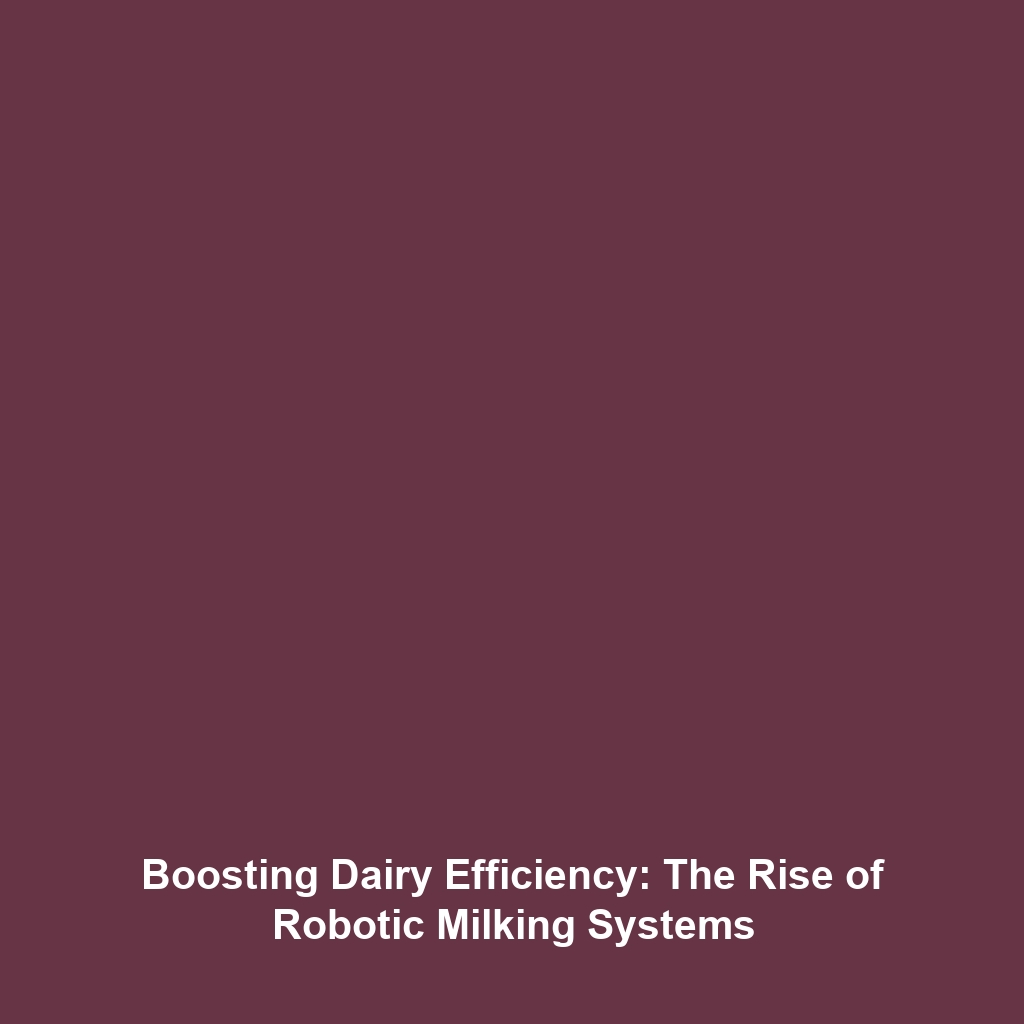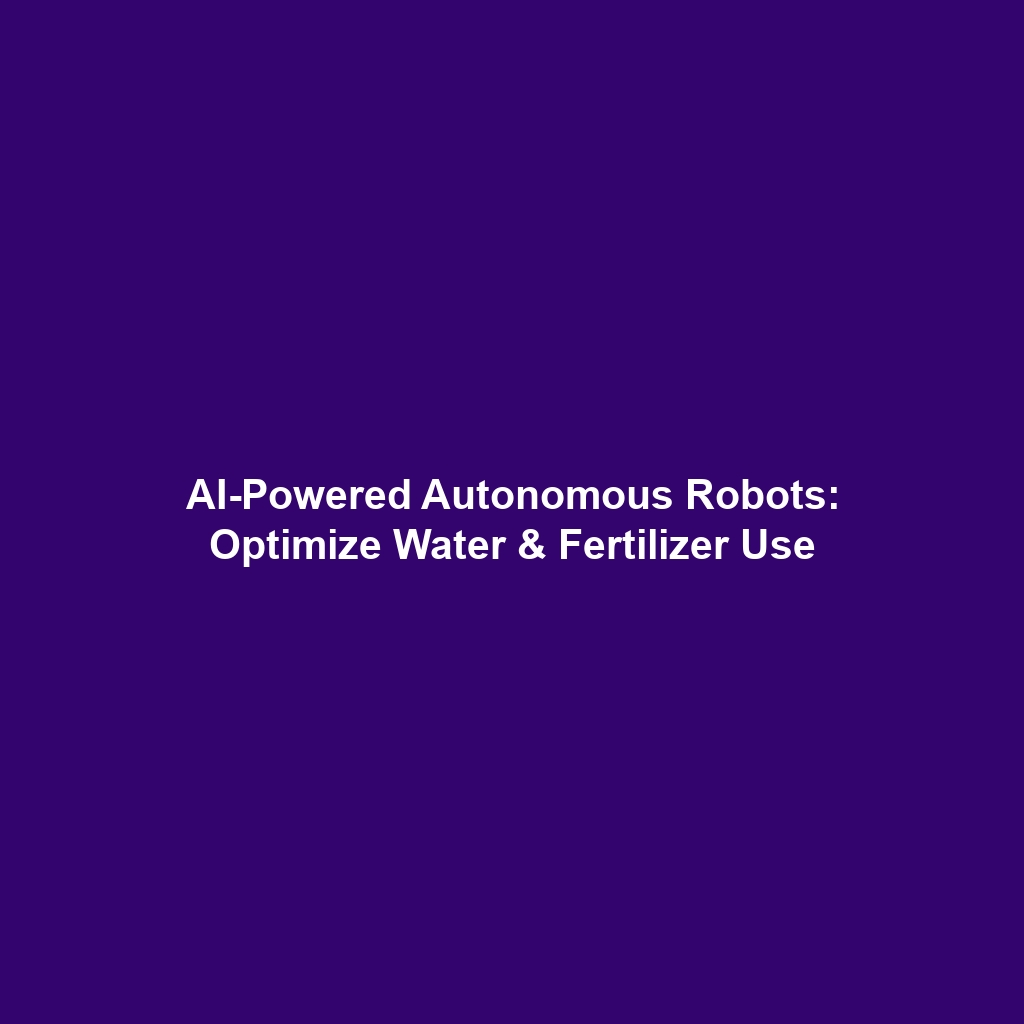How Drones Provide High-Resolution Imagery to Analyze Crop Growth and Forecast Yields
Category: Drones in Science
Introduction
Drones are revolutionizing agriculture by offering high-resolution imagery that enables farmers to accurately analyze crop growth and forecast yields. This innovative technology falls under the broader category of Drones in Science, illustrating the seamless integration of advanced technology into our food production systems. The ability to capture detailed aerial images allows for precision farming, which not only enhances productivity but also promotes sustainable practices in agriculture. Understanding how drones are used to improve agricultural outcomes is essential for both researchers and practitioners in the field.
Key Concepts
Understanding High-Resolution Imagery
High-resolution imagery refers to images that contain a high level of detail, crucial for assessing plant health and growth patterns. Drones equipped with various sensors, including multispectral and thermal cameras, can provide farmers with actionable insights into their crops’ conditions.
Integration into Agriculture
This technology fits into the broader category of Drones in Science, providing fundamental data that is essential for precision agriculture. By systematically analyzing crop health through aerial imaging, farmers can make informed decisions regarding irrigation, fertilization, and pest management.
Applications and Real-World Uses
Several significant real-world applications demonstrate how drones provide high-resolution imagery to analyze crop growth and forecast yields:
- Field Mapping: Drones can create detailed maps of agricultural fields, allowing farmers to visualize crop distributions.
- Pest and Disease Detection: Early identification of pest infestations or diseases through imagery helps reduce crop loss.
- Irrigation Management: High-resolution thermal imaging assists in determining optimal watering needs, leading to efficient irrigation practices.
These applications highlight the versatility of drones in agriculture, emphasizing their critical role within the Drones in Science framework.
Current Challenges
Despite the advantages, there are challenges associated with using drones for agricultural applications:
- Regulatory Issues: Navigating aviation regulations can complicate drone deployment for agricultural purposes.
- Data Management: Efficiently processing and interpreting vast amounts of data generated by drones can be resource-intensive.
- Infrastructure Limits: Not all areas have the necessary infrastructure to support drone-based farming techniques.
These challenges present obstacles that need to be addressed to fully leverage the potential of drones in agriculture.
Future Research and Innovations
Future research in the field is poised to unlock even more capabilities of drones in agriculture. Innovations such as:
- Enhanced AI Algorithms: Advances in artificial intelligence will enable smarter data analysis and predictive analytics.
- Improved Sensor Technology: Development of more sophisticated sensors will provide even higher resolution data.
- Integration with IoT: Linking drones with Internet of Things devices can enable real-time analytics and automation.
These innovations will significantly impact the future landscape of Drones in Science, enhancing our capacity for efficient and sustainable farming practices.
Conclusion
In summary, drones are integral to analyzing crop growth and forecasting yields through high-resolution imagery, underscoring their significance in the realm of Drones in Science. Addressing current challenges and embracing future research will further enhance the application of this technology in agriculture. For more information on the advancements in drone technology and its impact on various fields, visit our related articles on precision agriculture and sustainable farming practices.
